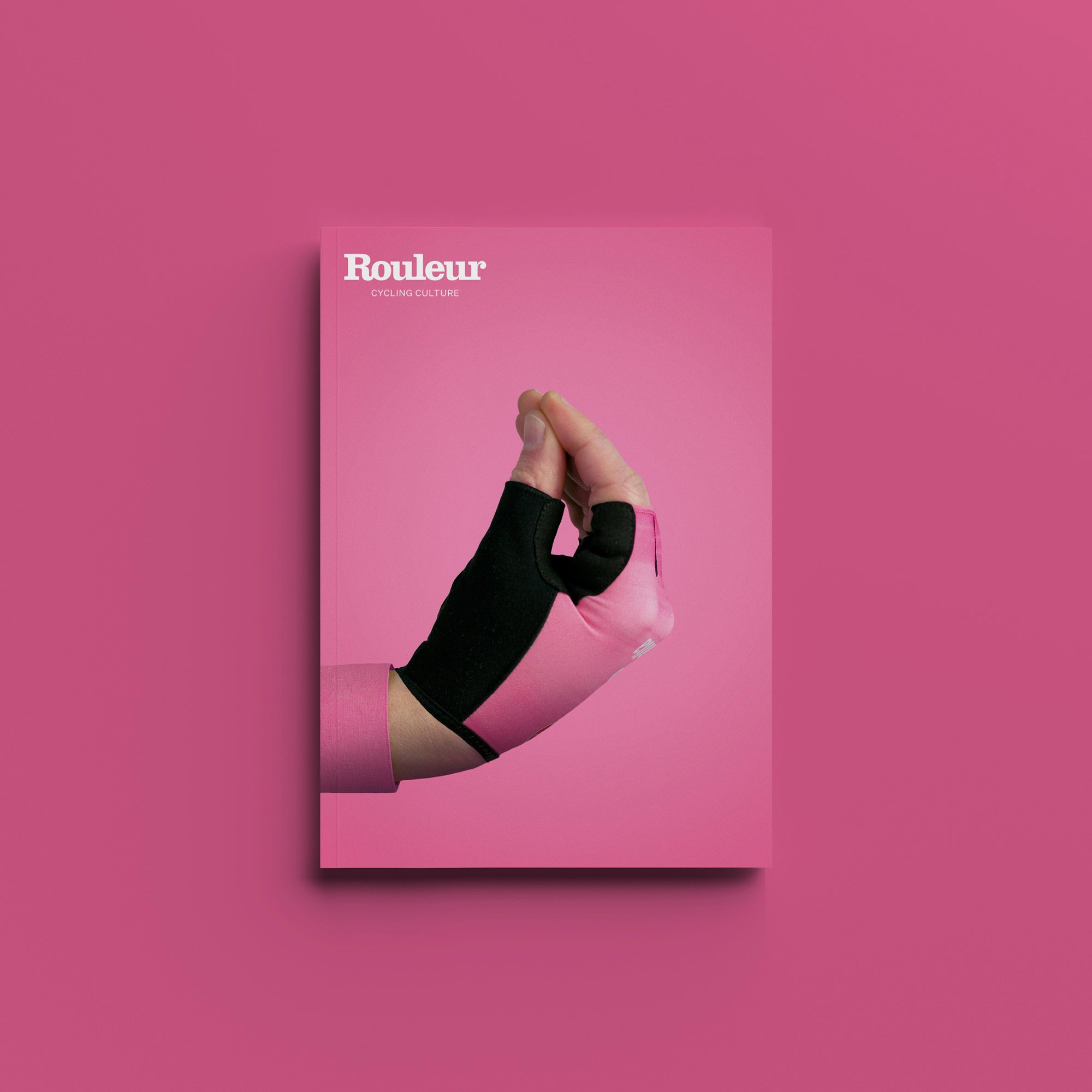The modern sportive has deep roots. The tradition of a long-distance event that was not a race, but which had a mass start and would be timed, is one we owe in large part to the randonnée.
When I say mass start, I mean about 40 misfits meeting up at daybreak in a village hall that wasn’t marked on the map. But when I say long-distance, I do mean long. An ordinary randonnée was 200km. This was a time when kilometres were still exotic in England. A bit like cooking with garlic, or knowing what the word ‘sauté’ meant, and that olive oil was an ingredient for cooking and not a treatment for constipation you’d buy from the chemist.
Related – The best GPS bike computers
If you were trying to qualify for the ultimate randonnée, Paris-Brest-Paris, then you’d have to collect a couple of 400km rides. Maybe a 600km. The sort of ride where it was assumed that you could easily find a hayrick to curl up in and sleep for a few hours if there was no moonlight to ride by. Industrial agriculture has rather put paid to that option: a ten-foot high wheel of hay wrapped in black plastic does not offer much accommodation.
In England, and in English, randonnée was correctly pronounced randonn-ee: like random, but with an ‘n’ and then a long ‘e’, because between the time when Queen Mary lost Calais, in the late 1550s, and the late 1950s, when the Elizabeth David-reading middle class discovered gastronomy and Dordogne, there was never much of an impulse among the English to oblige the French by pronouncing their language properly. (And even Dordogne was eventually colonised, in fact, as ‘the Dordoyne’ — the better to emphasise the dispossession of the benighted natives.)
Perhaps because of this English cussedness, I’ve never actually bothered to look up what randonner means, but I inferred that it means something like ‘to ramble’ or ‘to wander.’
To be a randonneur, then, is to be a wanderer. Someone on a journey, but in a somewhat random way. The wanderer does not know his course, but discovers it. The path finds him, as much as he it. It puts me in mind of the German Romantic tradition, and Schubert’s lieder cycle ‘Winterreise’. It is a way of being in a rural panorama where the landscape is a symbolic reflection of the traveller’s own state of mind: sublime because it strikes him with awe, mingled with terror because of its massive indifference to the human spirit and his puny physical frame.
For the randonneur, this high Romanticism translates more prosaically. Not so much as the poet’s dark night of the soul, amid a tempest in a forest, ending in a lovelorn quasi-suicide of welcomed death. But more as: oh shit, it just started raining, I have no rain cape, and I’m not sure if I’m on the right route, and even if I am, there must be 45 miles to go. Sublime.
At least you had mudguards. You had to have mudguards. In the old days, if you showed up for an Audax ride without fenders, you would be barred from starting. Somewhere around the early 1990s, there was an uncomfortable period when the old-schoolers continued to try to enforce the rule, while a new generation — that had come of age believing in the miraculous properties of Gore-Tex and the dynamic qualities of a bicycle weighing less than 13kg — flouted it.
There was also a regulation against completing the route too fast. I never questioned this. And indeed, the issue never arose on any Audax ride I did.
An important part of the randonnée experience was to be radically lost. Before GPS and satnav, there were photostatted cue sheets and, if you were a real Boy Scout, an Ordnance Survey map. Orienteering now seems as quaint as using a sextant to plot your location, but map-reading was an integral skill. You were, literally, lost without it. Reading a paper map that was progressively dissolving in the rain was a true test of human ingenuity and patience.

Paris-Best 1951
My first randonnées were done on a bike that had downtube shifters. At least they were indexed. Saddle bags were more like luggage for a foreign expedition than wind-tunnel tested wedges; I had one that was made of canvas, had leather straps with buckles and a stout wooden dowel to provide structural reinforcement.
If Kevlar had been invented, no one had yet thought to implant bands of it in bicycle tyres. If punctures were a rite of passage, then mending them was a ritual: in those days, frugality dictated that tubes must be repaired until your patches had patches. It was therefore essential to master the trick of getting a patch to stick and the tube back inside the tyre and reinflated before hypothermia set in. Prayer often seemed worthwhile.
Nutrition was also a challenge. In a pre-gel and electrolytic sports drinks era, your choice was essentially either bananas or pavé-sized hunks of bread pudding, washed down either with water or with tea from an urn flavored with disinfectant. At the mildewed village hall where you finished, no artisanal micro-brewery IPA would be on tap. It being a Sunday, the old licensing laws mandated that the local pub would stop serving at 2pm, and would not open again until 7pm. It was always 2.10pm when you finished.
Was it so much worse? Were rides harder? Are we so much softer now? Perhaps, and perhaps not. A hard day in the saddle is still a hard day in the saddle. A quarter of a century on, a century still feels like a century to my legs. But it is true that we now have chamois cream, and this gives me faith in human progress.






























